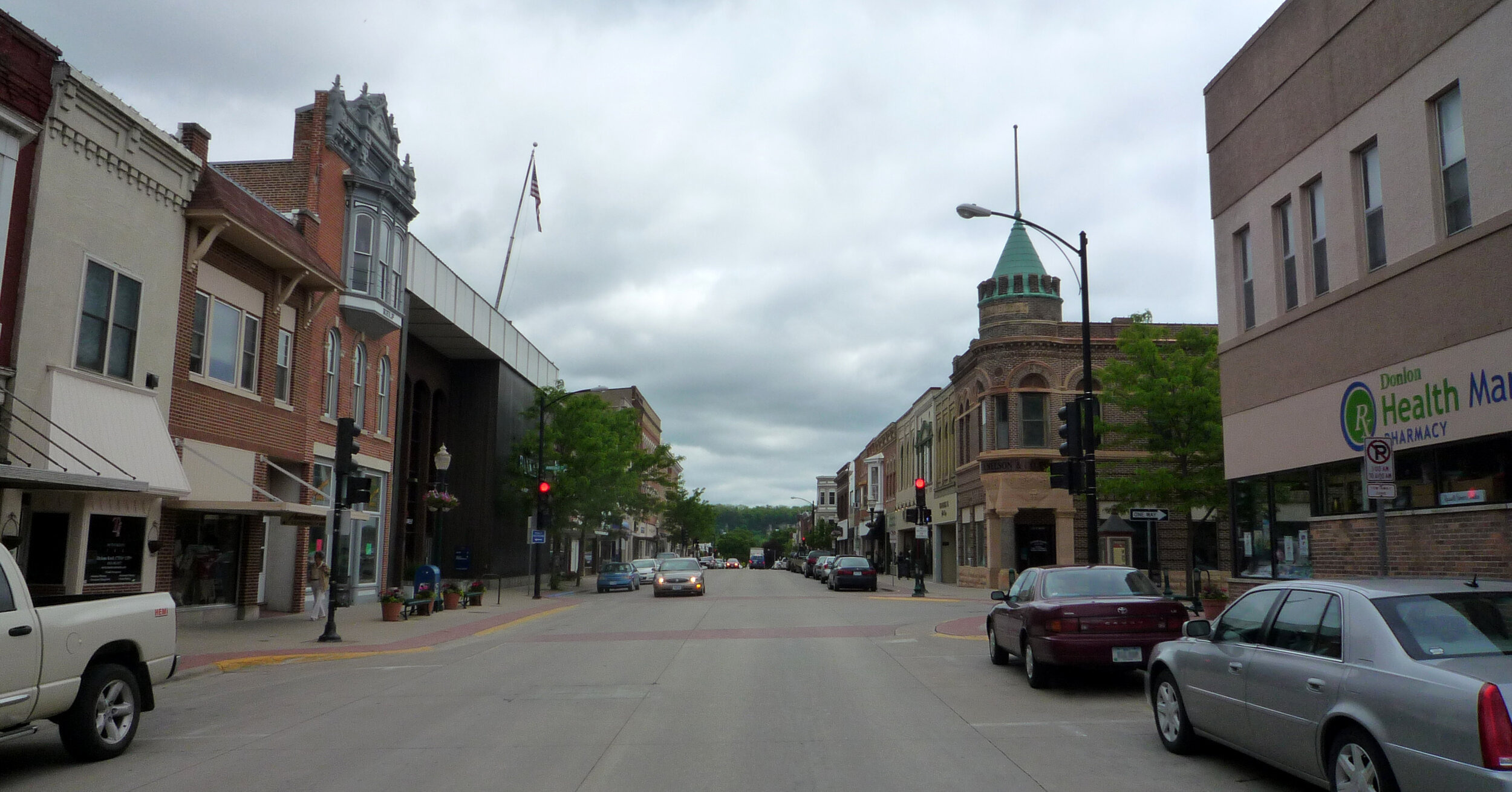“The land of opportunity”— that is the promise of the United States. And one of the reasons the country has been able to deliver on that promise is that it has been able to develop the talent it needs to create wealth and to adapt to ever-changing economic realities.
— Martha Laboissiere and Mona Mourshed, McKinsey & Company
In rural regions, where populations are more dispersed and farther from major job centers, a well-trained workforce faces different challenges than those in metro areas, where people are closer to education, training, and employment opportunities.
The need, for both business and society, is clear: we need to better prepare people without college degrees for jobs with promising career paths.
KTEC students during Health Care and Natural Sciences Day at NIC
The Inland Northwest boasts 18 universities and colleges within an 80-mile radius of Spokane, accounting for nearly 90,000 students who study at area colleges and universities.
Building the talent pool for the region requires a dependable source of employees who are well-trained, ready to work and valued for loyalty. The region’s public and private higher education institutions work collaboratively with one another and the business community to ensure a workforce is developed to meet the needs of the Inland Northwest’s residents and industry.
Our region offers a wide variety of daytime and evening classes in the classroom, online course, and via correspondence.





















